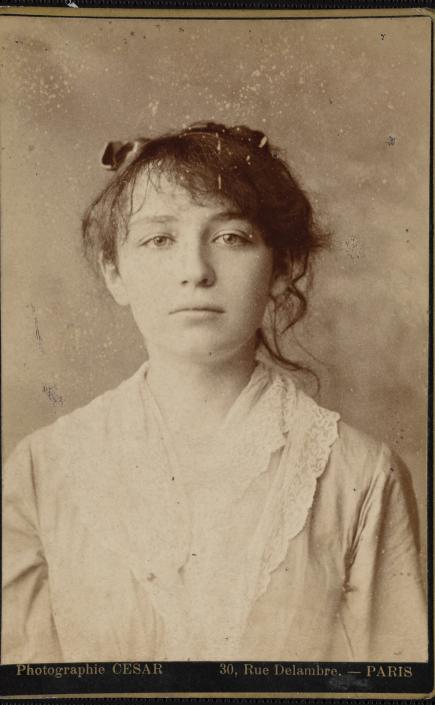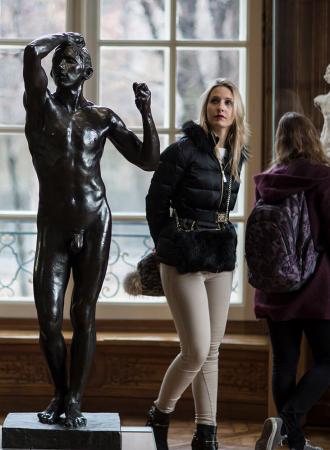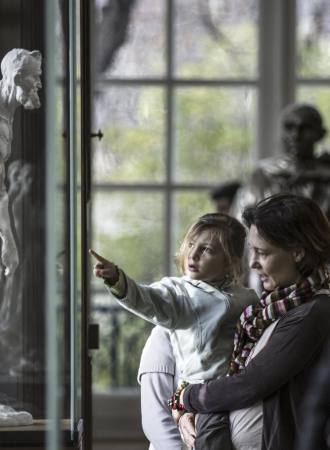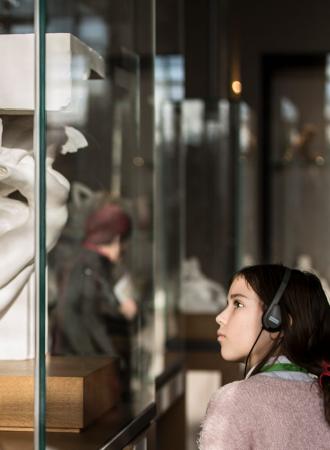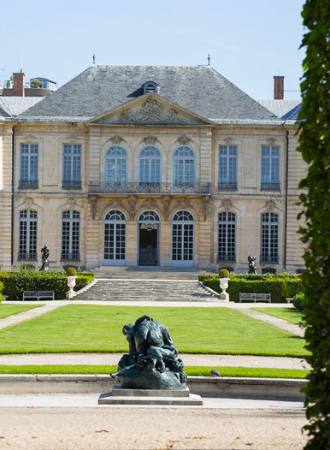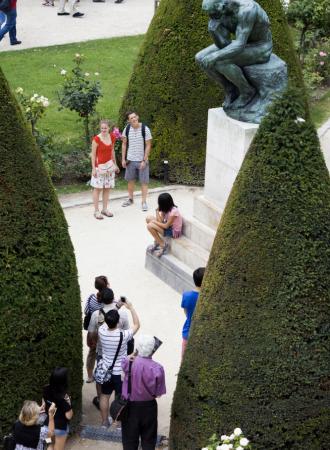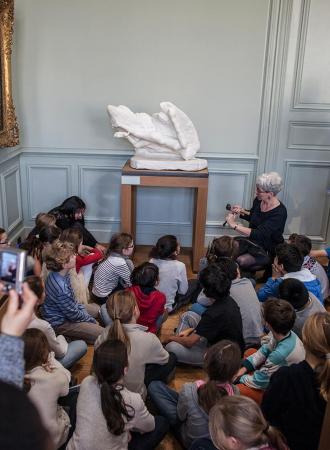Search the site
Clotho
Camille Claudel (1864-1943)
Exhibited at the Paris Salon in 1893, this work drew its inspiration from Greco-Roman mythology. An appeal fund launched in 1895 to pay tribute to Puvis de Chavannes enabled a marble version to be commissioned from the artist. Completed in 1897 and shown at the Salon in 1899, the marble has unfortunately been lost.
Clotho was the youngest of the Three Fates who decided human destiny. Shown here as a very elderly woman, the sculpture forms part of Rodin and Claudel’s artistic dialogue about the depiction of old age. Rodin had tackled this theme in 1884-85, in She Who Was the Helmet Maker’s Once-Beautiful Wife ; his assistant, Jules Desbois, had used the same model for his terracotta Misery in 1894 .
The work may also be seen as a reference to Claudel’s preoccupation with destiny, other signs of which are evident in her work. Ensnared in her hair that weighs so heavily on her head and seems to paralyze her, Clotho, shown at the Salon at the same time as The Waltz, is almost its exact antithesis.
The artwork in the museum
Permanent collections – first floor, Room 16
We cannot guarantee the presence of all our artworks; some may be out on loan.
Discover the themes related to the work
Date of conception :
1893
Dimensions :
H. 90 cm ; W. 49,3 cm ; D. 43 cm
Materials :
Plaster
Inventory number :
S.01379
Credits :
© Agence photographique du musée Rodin - Jérome Manoukian
Additional information
Iconography
- Clotho(zip, 804.7 ko)
